New! Discover the official tennis serving rules
You don’t have to be a professional to hit a tennis serve, which is a superb points winning strategy in tennis. For that, I invite you to read this article about tennis serving rules and receiving rules.
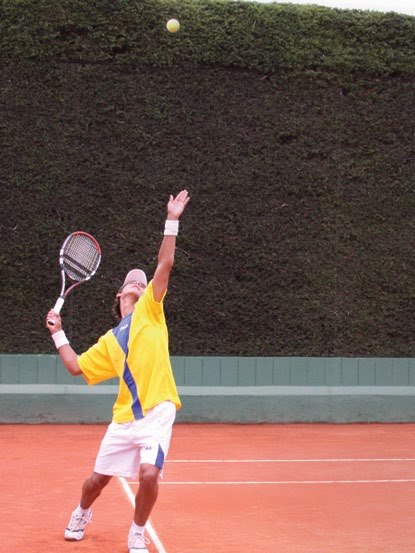
Let’s walk through this 4 simple tennis serving rules to discover these rules.
Tennis serve considered the most important stroke in tennis. Because, an efficient service will help you a lot in winning the points.
All the regulations you’re about to read are officially recognized by ATP, WTA, and ITF.
As we already mentioned in tennis rules, tennis is played at least by 2 players who shall be standing on opposite sides of the net.
We call the player who hit a serve: A server. And a receiver: The one who returns the serve.
Tennis serving rules:
Now, we are going to learn how to hit a proper serve. Starting with:
Positioning and direction of the serve:
An incorrect positioning in the court can get you a penalty. Afterward, the opponent wins the point!
1. Positioning:
First of all, the server should be standing with both feet behind the baseline. Precisely, on one of the court sides which is marked by the center mark.
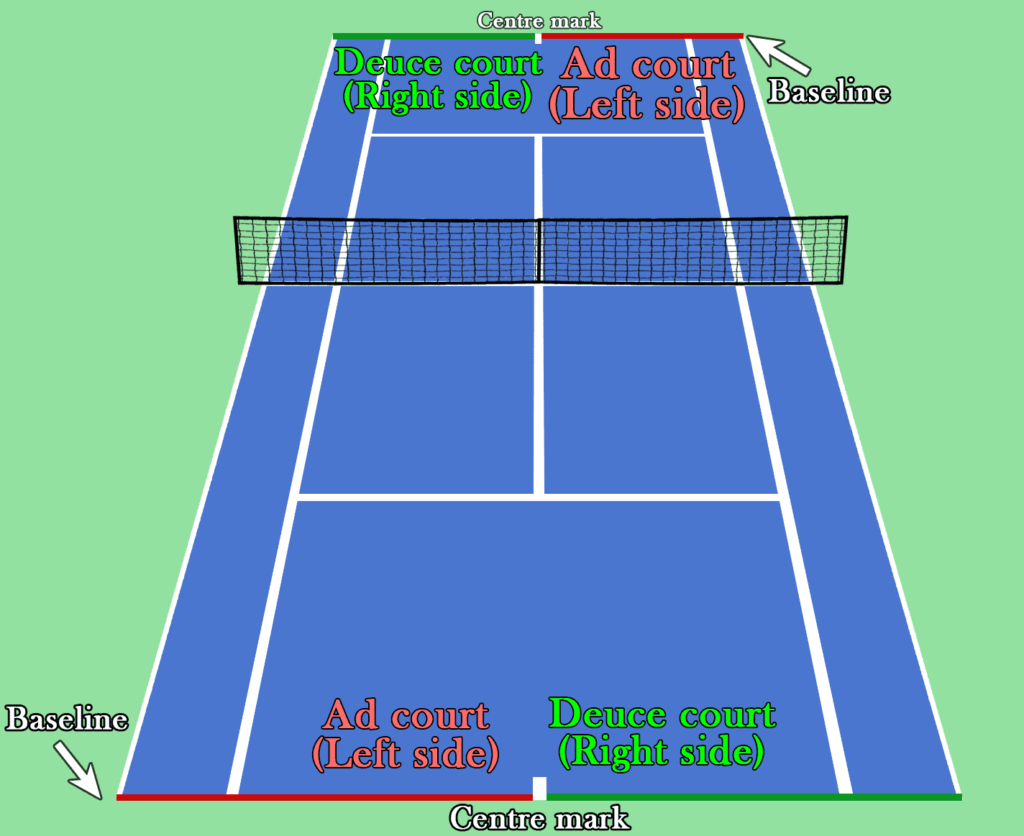
- The foot rule: The foot rule says that the server cannot walk or run during the service motion. But that is very unlikely to happen.
The foot rule is normally used because, during the service motion, the server touches the baseline with his foot or the imaginary extensions of the center mark or sidelines.
The foot fault must not be called until the ball has been hit by the server.
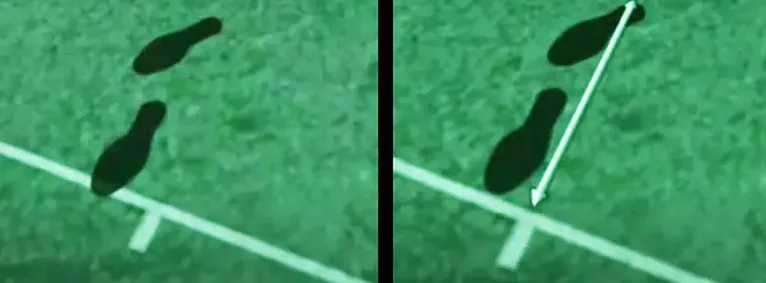
For a new game, the serve will be always from the deuce court.
Every 1st point in a tie-break is served from the deuce court. The 2nd point from the ad court. Then, the server is alternating between those sides.
For example: In the 1st point in the game, the server should be in his deuce court (right side of the server). Also, the receiver should be in his deuce court (right side of the receiver).
But for the 2nd point, the player should serve from the ad court (left side of the server). Also, the receiver should receive from his ad court (left side of the receiver).
Next, the players should alternate their position between deuce and ad courts every new point, until the game ends.
2. Direction of the serve:
- A good serve should be hit diagonally opposite over the net onto the service box. This picture below resumes the rule:
Serve 1 must hit the service box 1, before the receiver receives the ball.
Serve 2 must hit the service box 2, before the receiver receives the ball.
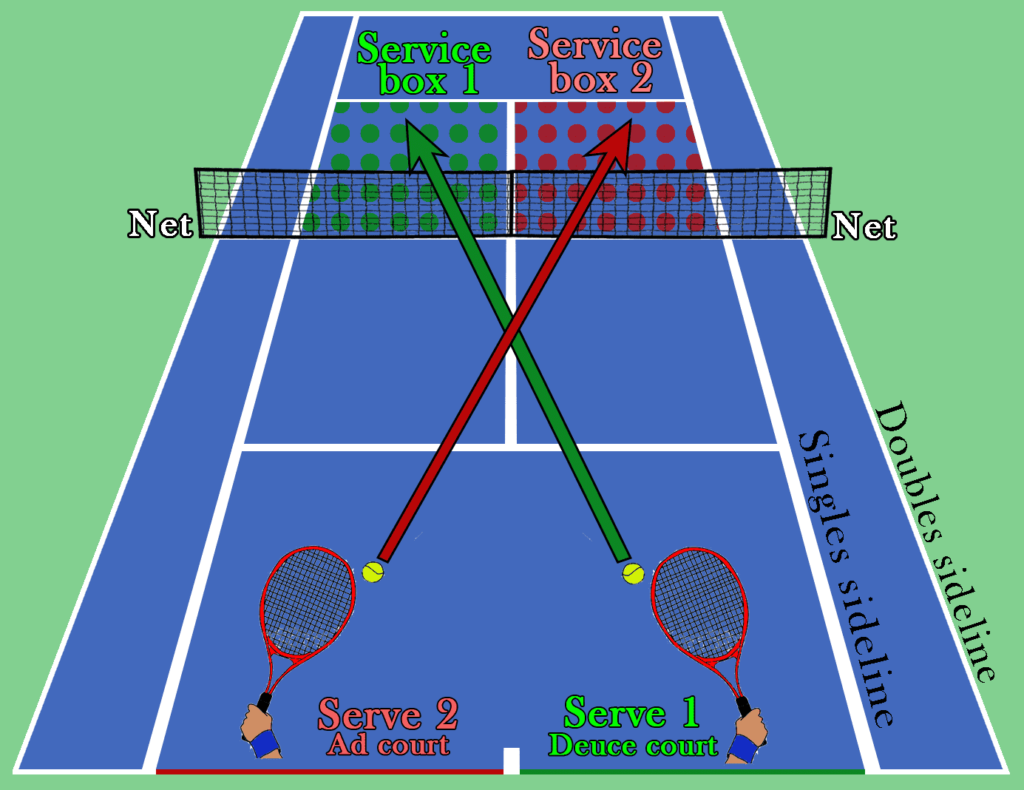
- A serve whose not a good serve is a Fault. A service fault is when:
- The ball hits outside the correct service box.
- The server breaks the foot rule. That is a foot fault.
- The ball touches the server partner (doubles), or anything he carries.
- The ball hits the net post or single stick on a serve, even if the ball rebounds in after hitting the net post.
- The server misses the ball when trying to hit it.
3. Other tennis serving rules:
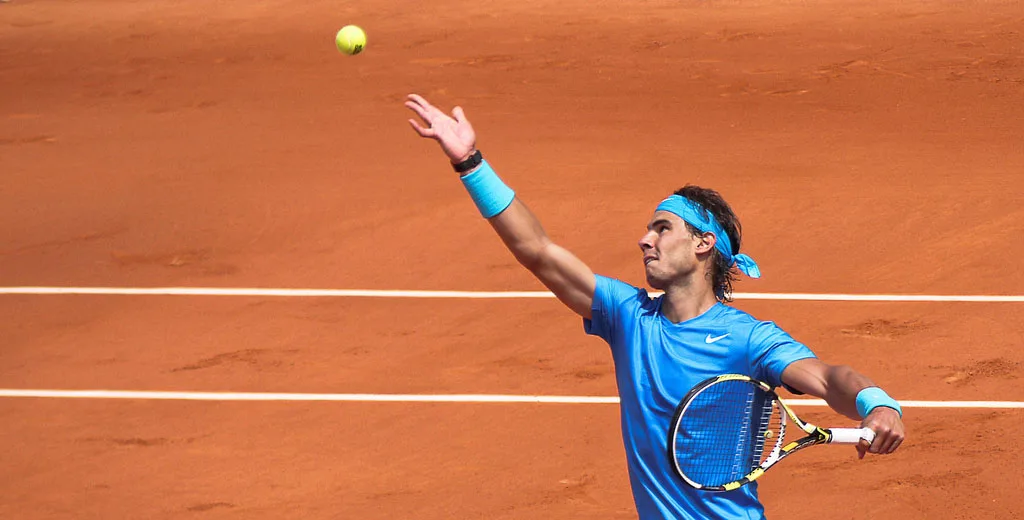
- The server has a 2nd chance to hit a good serve after he commits a fault, it’s called the second service. And it should be hit without any delay, and from the same courtside which the fault was committed.
If the 2nd chance is missed, the opponent will be awarded the point in play. It is called a double fault. So, the server has only two chances to make a good serve.
- If a ball touches the net and passes over it to the correct service box, then, it’s not a fault. That is a Let, which means the server will re-serve a 1st serve.
Also, a Let is when a server hits a serve without letting the receiver have enough time to take his receiving position.
Note that a Let does not cancel a previous fault.
You will get also a Let if a hindrance occurs during the service. And if you were playing a 2nd serve, you will be repaid by a 1st serve.
- When the receiver cannot touch a served ball, we call the serve an ACE.
- If the server throws the ball up to serve but decides not to hit it, he can catch the ball with his hand or his racket. Or, the server can let the ball bounce without any penalty.
But if the server misses the ball when trying to hit it, now it is a service fault.
- The server should only serve when the receiver is ready. If the server serves too quickly and before the receiver is ready, then only that serve is replayed.
The server has 20 seconds between points. If he goes over that time, the chair umpire (official) can give him a time violation.
The receiver should play at the pace of the server as well.
4.Tennis Serving order – Tennis receiving order for doubles & Singles:
The first team/player who serves is determined by a coin toss.
The winner of the toss has 3 choices: Choose an end (a courtside), choose who serves first, or make the other team/player to choose.
Note: Every 1st point in a game is served from the deuce court (see positioning in: tennis serve rules)
Tennis serving rules and receiving order for singles:
When the first game ends, the server becomes the receiver, and the receiver becomes a server. Simple as that!
For instance: Let’s take 2 players named A and B. If player A is serving first, we will have the order below:
| Server | Receiver | |
|---|---|---|
| Game 1 | A | B |
| Game 2 | B | A |
| Game 3 | A | B |
| Game 4 | B | A |
| … | … | … |
Tennis serving rules order for doubles:
This order does not change much in doubles. Each team should pick a player who will serve first. After that, these players will alternate the serve after the game ends.
For example: If we take two teams: A and B formed by 4 players named A1, B1, A2, B2.
| Team A | Team B |
|---|---|
| A1, A2 | B1, B2 |
If Team A is serving the 1st game in the set, then the 2nd game should be served by Team B. The Third game is going to be served by Team A, and so on…
Inside a team, we also should keep the alternation. Let’s assume that players A1 and B1 are picked to serve first. Then the service order would be like this:
| Games | Serving Team | Serving Player |
|---|---|---|
| Game 1 | A | A1 |
| Game 2 | B | B1 |
| Game 3 | A | A2 |
| Game 4 | B | B2 |
| Game 5 | A | A1 |
| Game 6 | B | B1 |
| Game 7 | A | A2 |
| … | … | … |
Tennis receiving order for doubles:
Regarding the receiving order for doubles, the team charged for receiving in the 1st game should pick a player to receive the first point in the game. The partner of the first receiver should now receive the 2nd point. The 3rd point should be received by the first receiver. And so on until the game ends.
Likewise, in the 2nd game, the opponent should pick a player to receive the first point. The 2nd point should be received by his partner. And so on …
Here is a recapitulative example: Let’s assume that players A1 and B1 are going to receive the first point:
| Games | Points | Receiving Team | Receiving Player |
|---|---|---|---|
| Game 1 | Point 1 | A | A1 |
| Game 1 | Point 2 | A | A2 |
| Game 1 | Point 3 | A | A1 |
| Game 1 | Point 4 | A | A2 |
| Game 1 | Point 5 | A | A1 |
| … | … | … | |
| Game 2 | Point 1 | B | B1 |
| Game 2 | Point 2 | B | B2 |
| Game 2 | Point 3 | B | B1 |
| Game 2 | Point 4 | B | B2 |
| Game 2 | Point 5 | B | B1 |
| … | … | … |
Serve order in a tie-break:
To determine which team wins the set if they were equalized after the 12th game (score of 6-6 in games), both teams resort to a tie break.
Tennis serving rules order for singles in a tie-break:
The general rule of serving in a Tie-break is that the receiving player of the 12th game is first serving, and changing the serve on even numbers.
As we said in the last paragraph, the receiver in the 12th game is the one who begins serving. Then immediately hands the serve to the opponent. On the 4th point, the serve returns to the winner of the 12th game. And so on…
For example: Let’s assume player A is the receiving of the 12th game. therefore, player A is first serving. Player B is first receiving.
| Point | Server |
|---|---|
| Point 1 | A |
| Point 2 | B |
| Point 3 | B |
| Point 4 | A |
| Point 5 | A |
| Point 6 | B |
| … | … |
Tennis serving rules order for doubles in a tie-break:
The order of serve gets a little bit complicated. But, the same general rule is respected.
So, the receiving team of the 12th game is serving the 1st point. Then, the opponent takes the serve on the 2nd point. After that, the teams are changing the serve on even numbers.
Inside the teams, the first server is the player who served the 9th game. Then immediately, the server of the 10th game is taking the serve of the 2nd point and the 3rd point in the tie-break. Next, the 11th game server, is taking the serve of two consecutive points (4th and 5th). Etc… Here is an example:
For instance: Let’s assume this game serving order:
| Game | Serving team | Serving player |
|---|---|---|
| … | … | … |
| Game 9 | A | A1 |
| Game 10 | B | B1 |
| Game 11 | A | A2 |
| Game 12 | B | B2 |
Then we should have this serving order for the tie-break:
| Points of tie-break | Serving team | Serving player |
|---|---|---|
| Point 1 | A | A1 |
| Point 2 | B | B1 |
| Point 3 | B | B1 |
| Point 4 | A | A2 |
| Point 5 | A | A2 |
| Point 6 | B | B2 |
| Point 7 | B | B2 |
| Point 8 | A | A1 |
| Point 9 | A | A1 |
| Point 10 | B | B1 |
| … | … | … |
Serving order in a set following a tie-break:
Tennis serving rules order for singles:
In the first game of a set that follows a tie-break, the player who served the 1st point in the tie-break is receiving the 1st game.
And the player who received in the 1st tie-break point will serve the 1st game.
Tennis serving rules order for doubles:
Similarly to the singles tennis serving rules, the team that served in the 1st point of the tie-break, will receive during the first game.
And the team that received the 1st point of the tie-break, will serve during the first game.
Now, which team player is serving? Well, that returns to an elective decision of the team players, regardless of the player who served first in the last tiebreak.
After this, both teams should respect the pattern already explained:
Example: If the players A1 and B1 are elected to serve first. Then, we should have this pattern below:
| Games | Serving team | Serving player |
|---|---|---|
| Game 1 | A | A1 |
| Game 2 | B | B1 |
| Game 3 | A | A2 |
| Game 4 | B | B2 |
| Game 5 | A | A1 |
| Game 6 | B | B1 |
| Game 7 | A | A2 |
| … | … | … |
That’s all about tennis serving rules! Now you can hit a proper serve 😀
